#cinnyris jugularis
Photo

Olive-backed Sunbird
46 notes
·
View notes
Text
A Songbird’s Joy
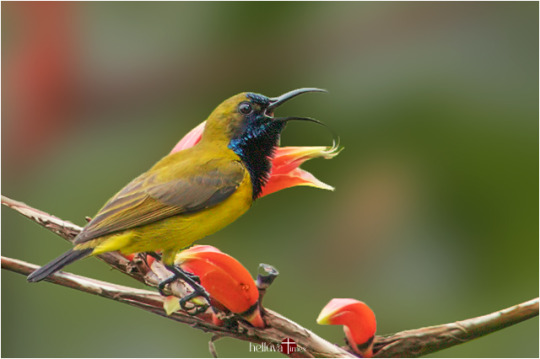
An Olive-backed Sunbird singing happily after a sip of its favourite drink in the botanic gardens. Photo credit: Eleanor Chua.
#photographers on tumblr#bird photography#bird pics#canon eos rp#canon photography#Cinnyris jugularis#flora fauna#olive-backed sunbird photos#tamron 16-300mm
4 notes
·
View notes
Text
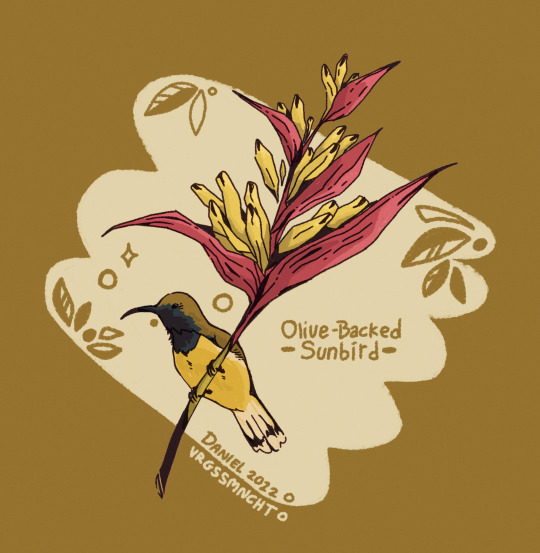
Cutest bird visited my house again! ☀️
#olive backed sunbird#art#digital art#I've also been feeling real shit so i made this to cheer myself up and being a little productive#2022#illustration#wildlife art#birds#bird#aves art#animal art#bird illustration#ornithology#cinnyris jugularis#flowers#heliconia#tropical fauna#digital illustration#Timeless joy#the last time I saw one was like in 2015 what a joy to see one again just today ☀️
53 notes
·
View notes
Photo
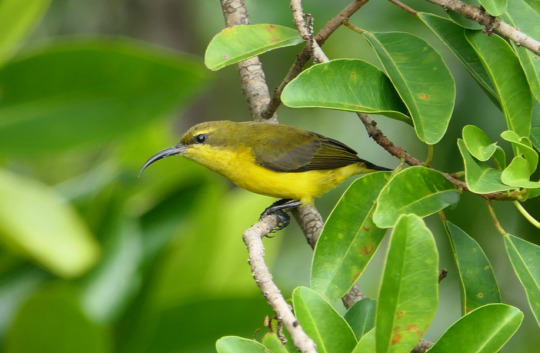
A new variant has been added!
Olive-backed Sunbird (Cinnyris jugularis)
© Unknown
It hatches from active, blue, brown, common, female, iridescent, male, olive, plain, tiny, urban, white, and yellow eggs.
squawkoverflow - the ultimate bird collecting game
🥚 hatch ❤️ collect 🤝 connect
0 notes
Text
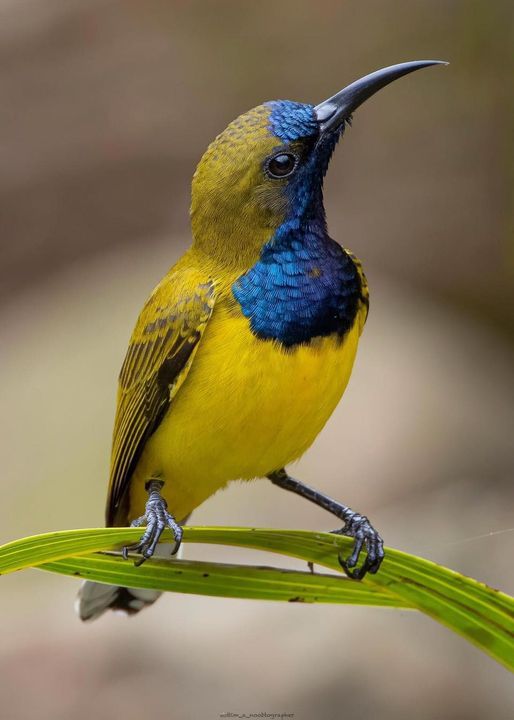
Olive-backed Sunbird (Cinnyris jugularis), male, family Nectariniidae, order Passeriformes, Australia
photograph by John Paul Briones
533 notes
·
View notes
Photo

Olive backed sunbird (Cinnyris jugularis)
📍 Daintree, North Queensland
📸 @Solar_whisper
4 notes
·
View notes
Text
Exploring Avian Diversity in Siocon's Mangrove Areas, Mindanao
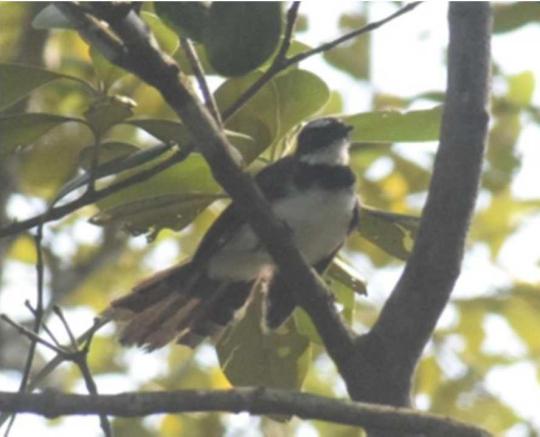
Abstract
With the rampant habitat destruction of wildlife in the Philippines, the avifauna is the most affected as endemism in the archipelago is so high. Siocon, Zamboanga del Norte potentially harbors several Mindanao threatened endemic species in its Siocon Resource Reserve, a patch of secondary mature lowland forest as well as in mangrove areas. Opportunistic sampling was employed using the point method to primarily document the avifauna, specifically in the mangrove areas of Barangay Manaol and Barangay A.L Micubo. A total of thirty-four (34) birds (avifauna) were identified and classified, where twenty-five of them were common to the two sites. These are Rhipidura nigritorquis, Cinnyris jugularis, Lalage nigra, Megalurus palustris, Passer montanus, Gerygone sulphurea, Artamus leucorynchus, Pycnonotus goiaver, Oriolus chinensis, Hirundo tahitica, Orthotomus castaneiceps, Aplonis panayensis, Lonchura atracapilla, Coryusv macrohynchos, Butorides striata, Egretta garzetta, Ardeola speciosa, Ardea alba, Ixobrychus sinensis, Pluvialis fulva, Himantopus himantopus, Sterna hirundo, Actilis hypoleucos, Anas luzonica, Dendrocygna arcuata, Geopelia striata, Spolopelia chinensis, Todiramphus chloris, Merops philippinus, Pandion haliaetus, Haliastur indus, Gallinula chloropus, Tachybaptus ruficolis, and Centropus viridis. Out of these, three species were endemic to the Philippines (O. castanneiceps, C. viridis, A. luzonica), the latter is also considered a threatened species. This baseline data on avifauna on mangrove forests is necessary for the framework of conservation policy in the area.

Introduction
The Philippines is one of the countries in the world considered as a biodiversity hotspot (Jumawan et al., 2012) and it is home to many avifauna species, which includes endemic and non-endemic species (Birdlife International, 2020). Specifically, as an archipelagic country, it harbors to more than 600 species of avifauna, where almost 200 of them are endemic (Tanalgo et al., 2015). According to Haribon (2014), 80 species of Philippine birds are now threatened to extinction, 13 are critically endangered, and 54 species are vulnerable. In the Zamboanga Peninsula, there are an estimated 142 species of avifauna in three key conservation sites, namely: the Lituban-Quipit watershed, Lake Maragang-Mt. Timolan and Pasonanca National Park. Around 78 species were found in Zamboanga City, of which 30 are nearly threatened (Panguntalan et al., 2011).

Mangrove ecosystems are one of the most biologically rich, diverse, and productive ecosystems in the world (Mahilac & Madjos, 2020), which provides a home to birds. They serve as some form of nursery for many species of invertebrates as well as birds, making them one of the ecologically essential ecosystems. Despite this crucial role, approximately one-third of the mangrove ecosystems worldwide have been lost over the past 50 years (Alongi, 2002). In the Philippines, a decline of mangroves was reported from half a million hectares in 1918 to only 120,000 hectares in 1994 (Primavera, 2000). This estimate is accordingly accounted for overharvesting for the conversion of mangroves to fishponds during the 1960s and 1970s, fuel or charcoal, agriculture, industry, and human settlements (Dieta & Dieta, 2015).
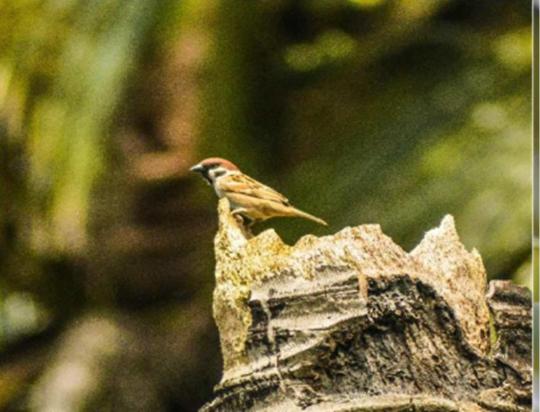
With this rampant habitat destruction and high endemism of birds, the country now possesses a disproportionately large number of threatened species for its size (Jacosalem et al., 2013). Further, the Philippines ranks second in terms of the number of threatened endemic birds in the world (Mallari et al., 2001). Among the islands where several endemic birds are threatened is Mindanao (Paguntalan et al., 2011). Despite the presence of a restricted-range and endemic species in the Zamboanga Peninsula (formerly called Western Mindanao), very few studies have been conducted in the area where most of the available information on avifauna is derived from museum records (Dickinson et al., 1991, Lambert 1996, Collar et al., 1999, Kennedy et al., 2000, Brooks 2002) and trip reports of visiting birdwatchers.
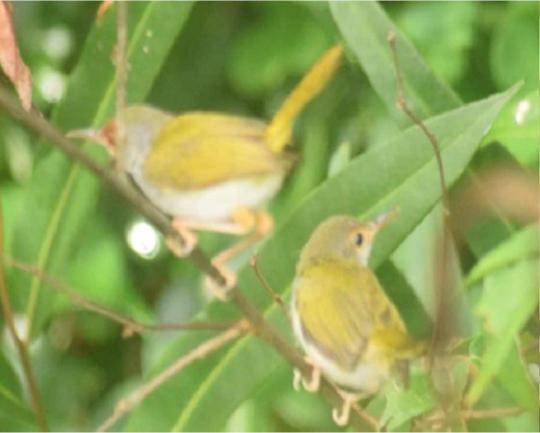
Siocon in Zamboanga del Norte, Mindanao potentially harbors several threatened endemic species in its Siocon Resource Reserve, a patch of secondary mature lowland forest as well as in mangrove areas (Paguntalan et al., 2011). Accordingly, there is a need to conduct more field research and surveys in the remaining forest patches of the Zamboanga Peninsula. As surveyed in the municipal office, the avifauna inventory is not yet in place. This study presents a list of bird species and information on the conservation status of the remaining forests and threatened birds in these areas.
Source : Avian species in selected mangrove areas in Siocon, Zamboanga del Norte, Mindanao, Philippines
1 note
·
View note
Text
ចាបកន្លង់
ឈ្មោះអង់គ្លេស៖ Olive-backed Sunbird
ឈ្មោះវិទ្យាសាស្រ្ត៖ Cinnyris jugularis
📷 ក្រុមប្រម៉ាញ់រូបភាពជីវចម្រុះកម្ពុជា - សួង ម៉ារឌី
KampucheaMyHome
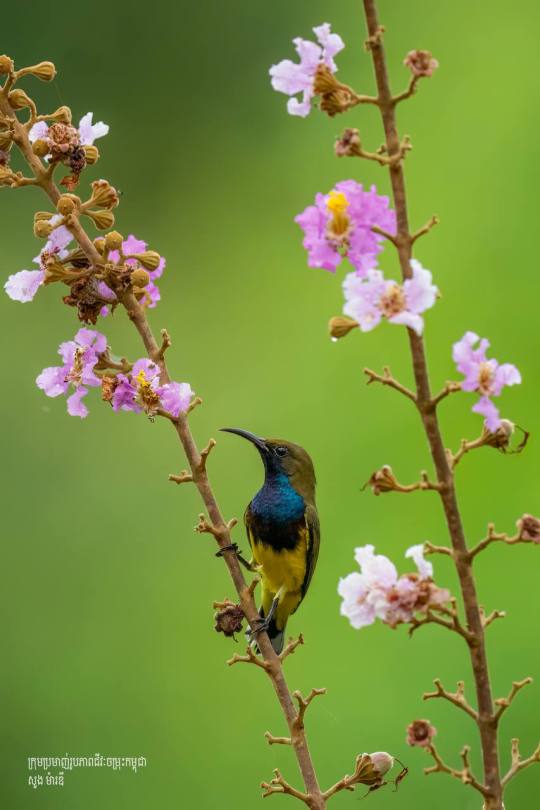

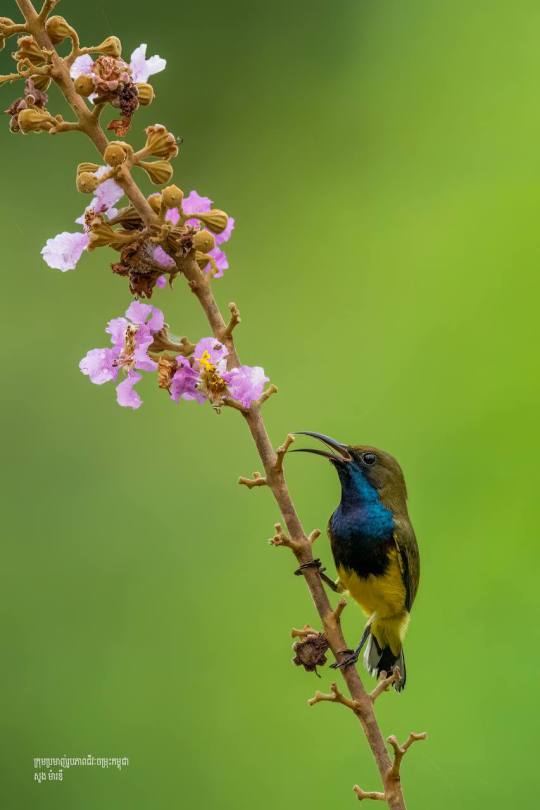
0 notes
Photo
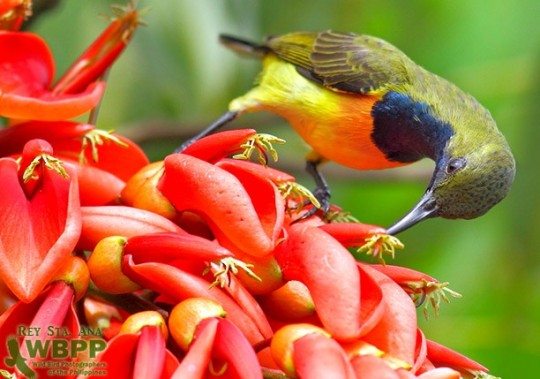
Olive-backed Sunbird (Cinnyris jugularis)
© REY STA ANA
28 notes
·
View notes
Photo

Olive-backed Sunbird (Cinnyris jugularis)
© REY STA ANA
6 notes
·
View notes
Text
A non-food post for a change. This male Olive-backed Sunbird (Cinnyris jugularis) has been coming to visit the Shooting Star Hoya (Hoya multiflora) that is growing next to the window in my bedroom. Every time it landed on one of the opened glass window, it will chirp loudly. I am amazed at just how much noise can come out from such a small little bird!
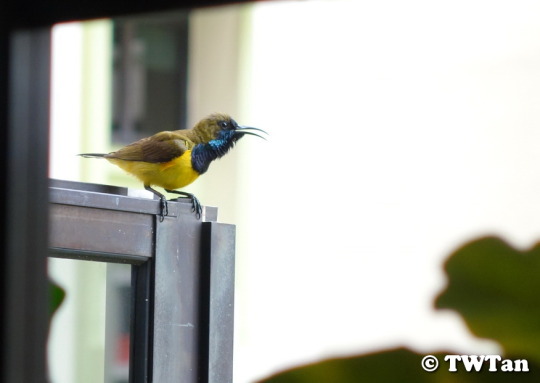
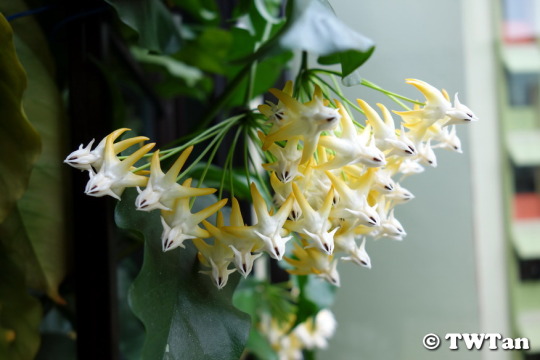
#Olive-backed Sunbird#Cinnyris jugularis#Bird#Shooting Star Hoya#Hoya multiflora#Flower#Plant#Non-Food#Buffetlicious
131 notes
·
View notes
Photo
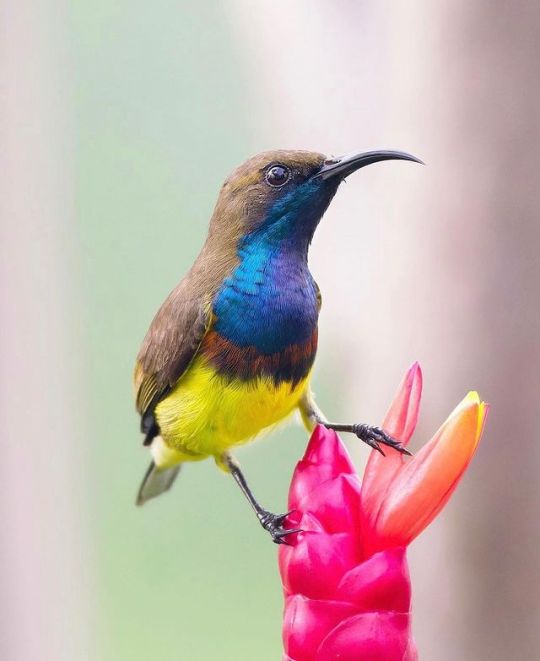
Olive-backed Sunbird
15 notes
·
View notes
Text
Sunbathing Sunbird
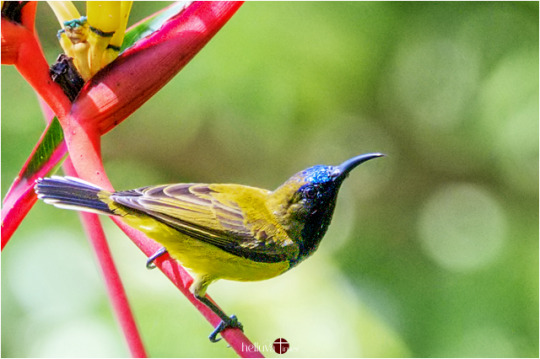
An Olive-backed Sunbird coming out for a high-energy drink after passing showers in the botanic gardens. Photo credit: Eleanor Chua.
#photographers on tumblr#bird photography#bird pics#canon eos rp#canon photography#Cinnyris jugularis#olive-backed sunbird photos#tamron 16-300mm
2 notes
·
View notes
Photo

Olive backed sunbird (Cinnyris jugularis)
IMAGE CREDIT: David White
#david white#photographer#olive backed sunbird#sunbird#cinnyris jugularis#nature#australian geographic#australia
31 notes
·
View notes
Photo
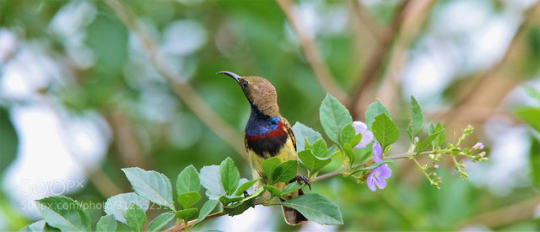
New on 500px : Olive-backed sunbird by khoitran by khoitran The olive-backed sunbird (Cinnyris jugularis), also known as the yellow-bellied sunbird, is a southern Far Eastern species of sunbird. from 500px For download Click Here
#4K 21:9#4K wallpapers#500px#bird#Cinnyris jugularis#Duranta erecta#flower#flowers#Golden Dewdrop#Hi-res wallpaper#nature#nature photograph#nature pics#Olive-backed sunbird#travel#Ultra hd 4k#Vietnam#wallpaper#wide#Widescreen wallpapers#wildlife
0 notes
Text

Olive-backed sunbird (Cinnyris jugularis), male, family Nectariniidae, Yeppoon, QLD, Australia
photograph by Mjchayphotography
99 notes
·
View notes